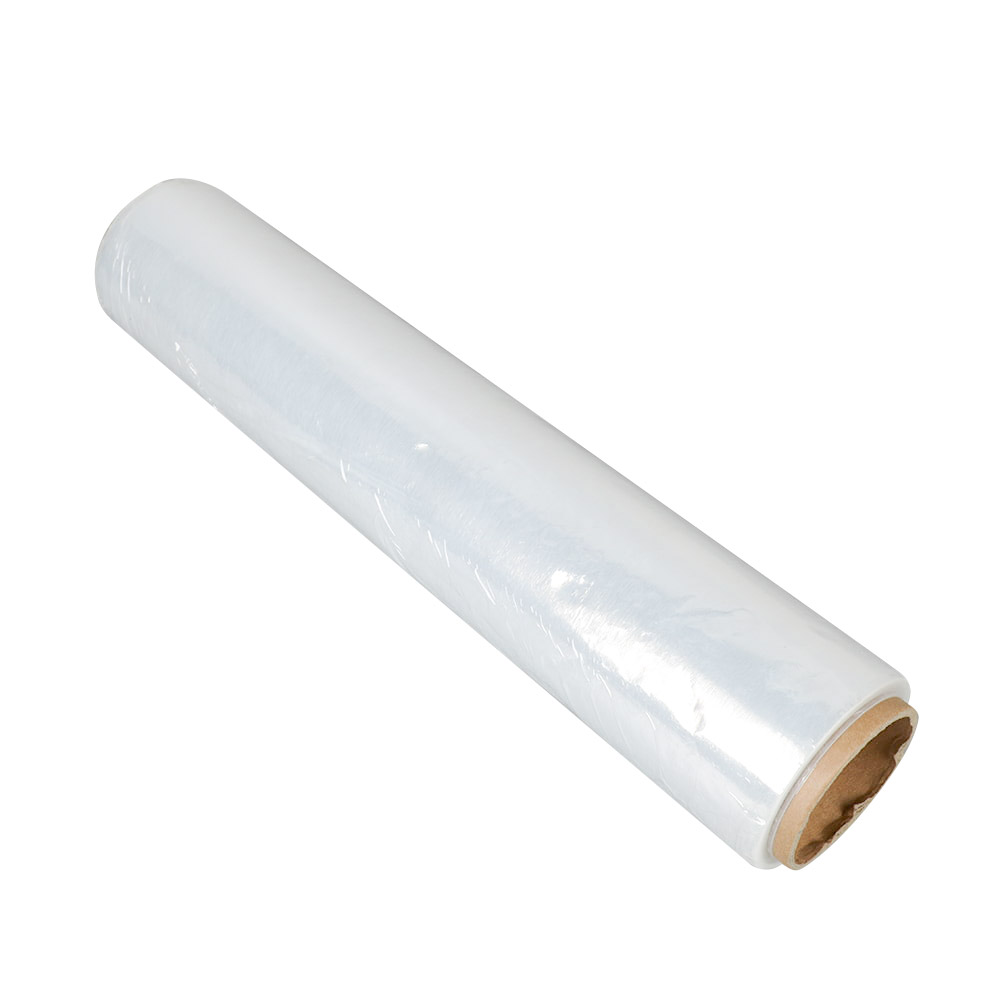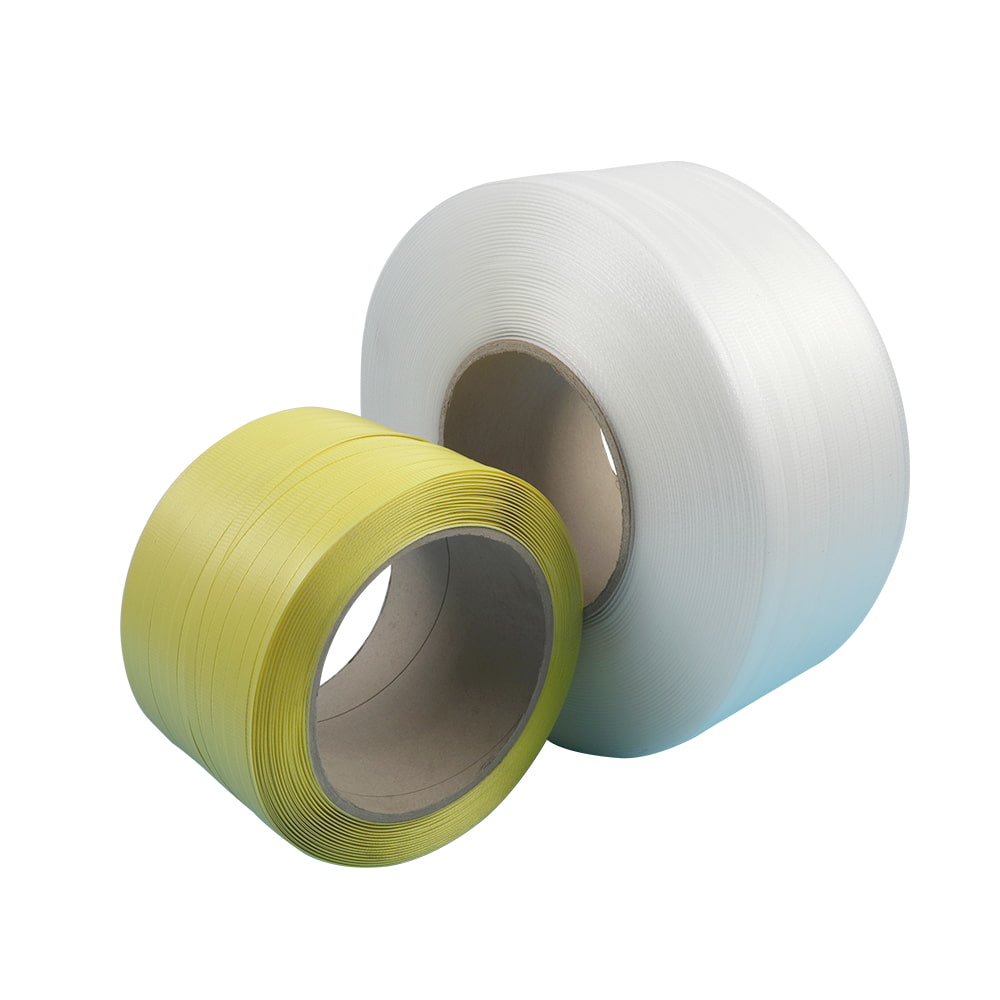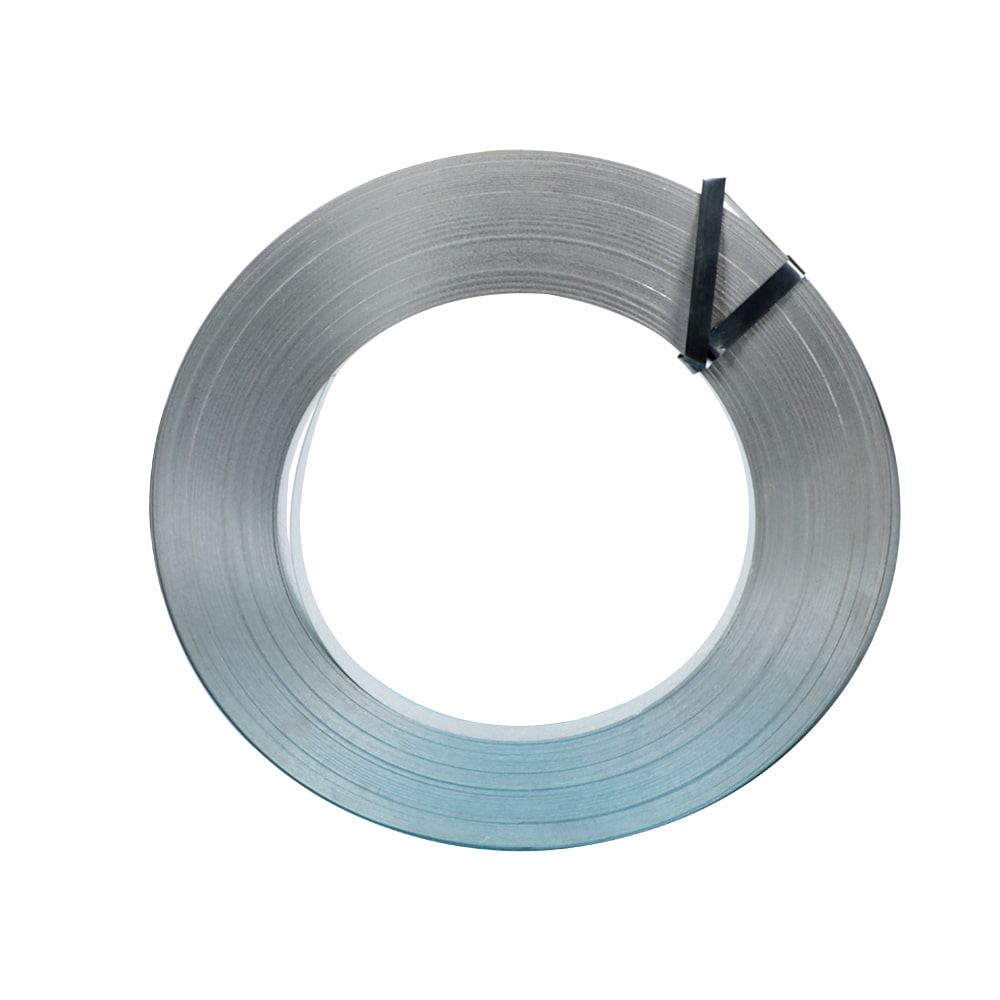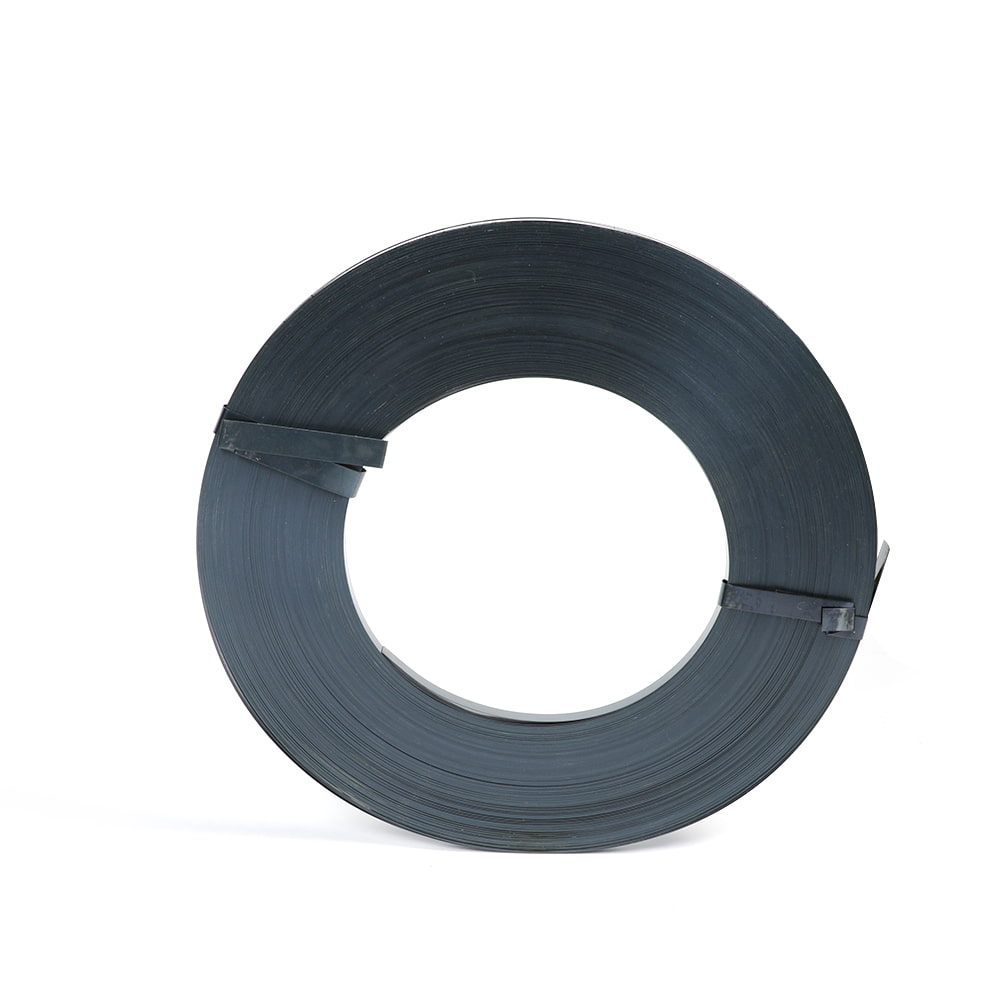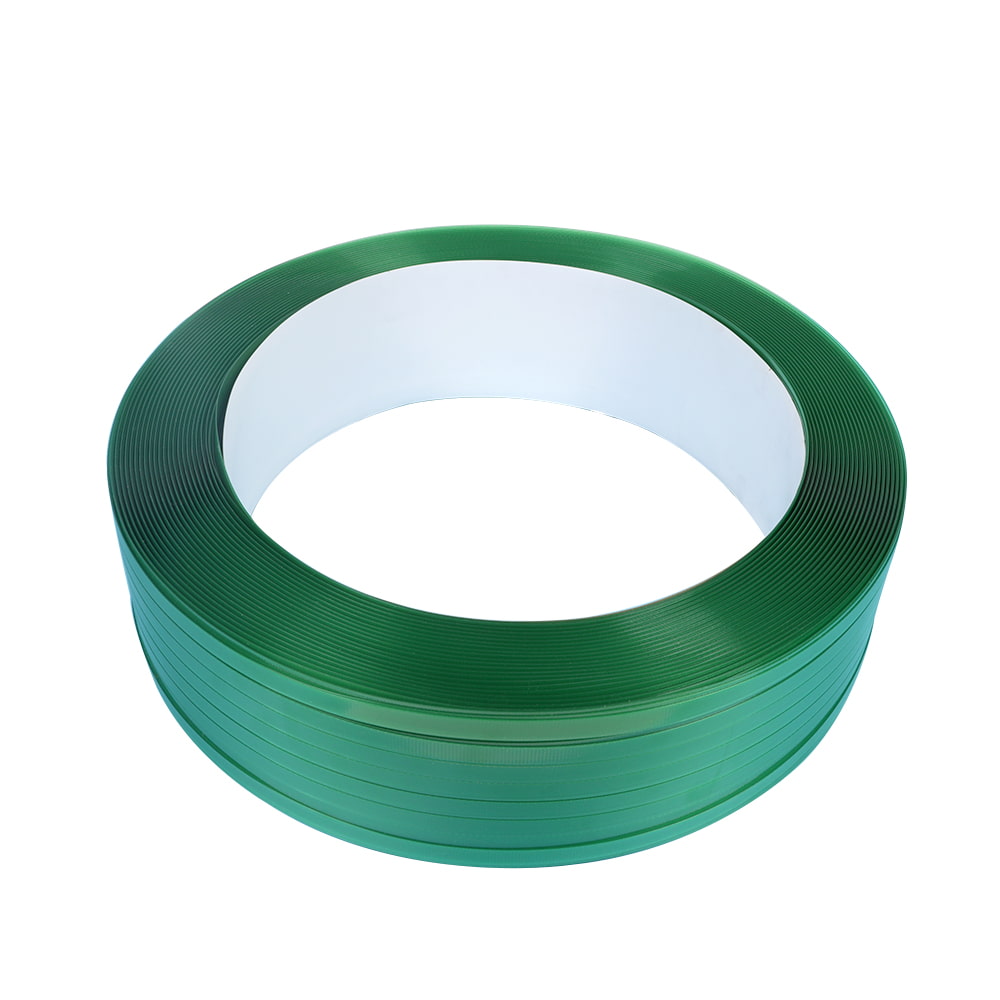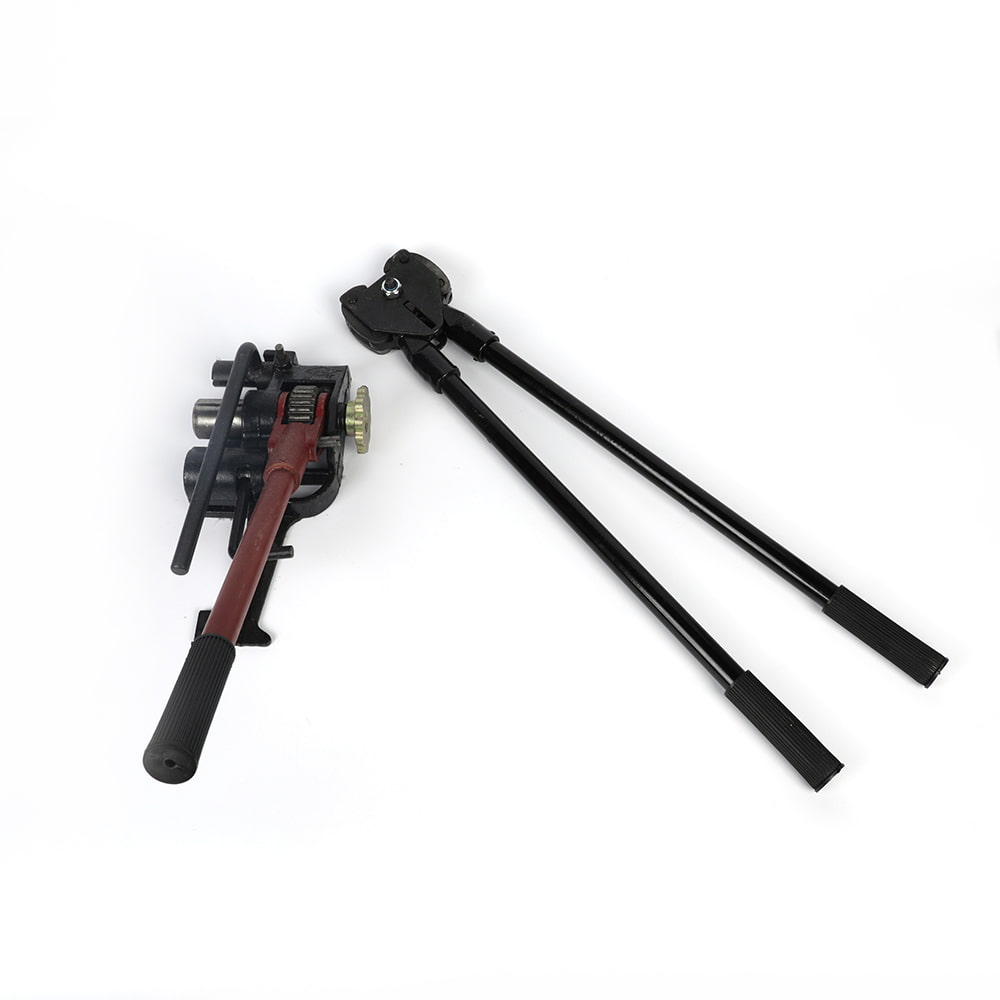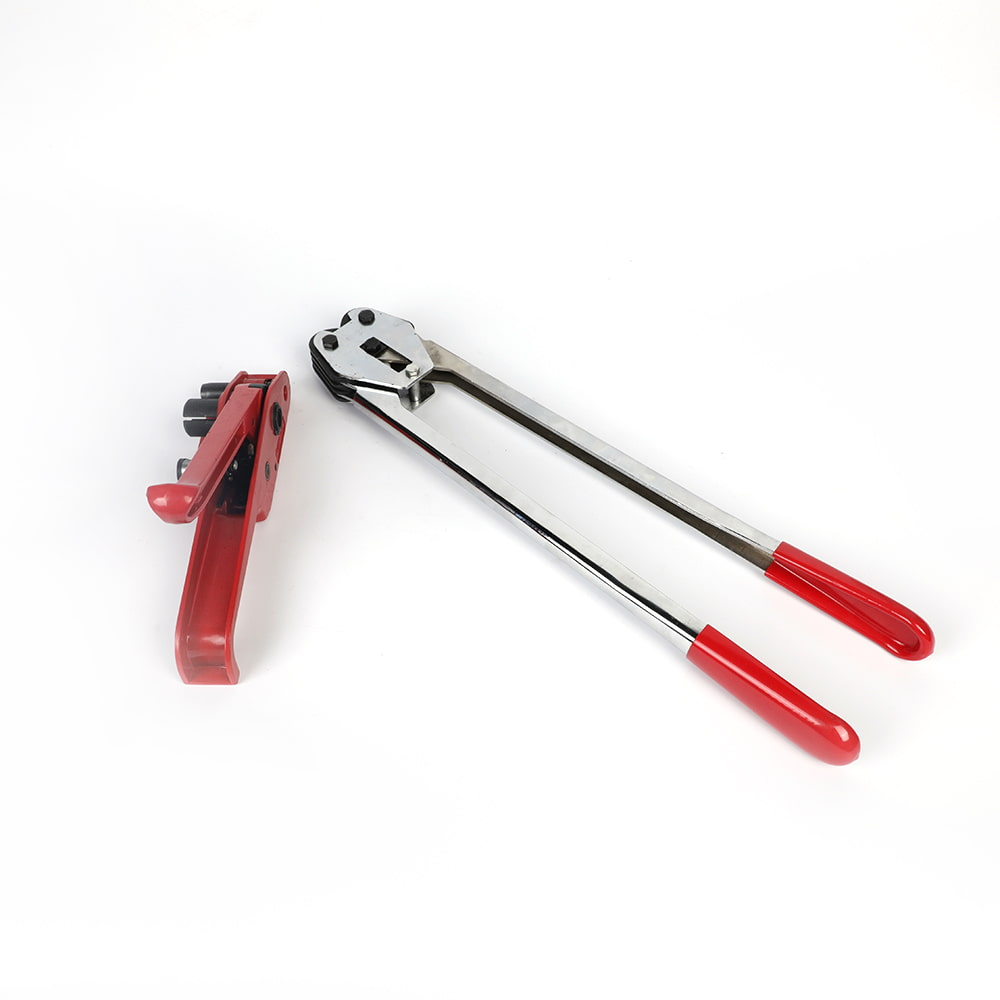Will the stretch film lose its adhesive properties in high humidity environments?
Stretch film is a critical component in pallet unitization, protecting goods during storage and transit. A common operational concern is whether high humidity environments compromise the film's essential adhesive property – its cling or tack.
The Nature of Stretch Film Cling
Stretch film tack is primarily engineered through additives called tackifiers blended into the base polyolefin resins (LLDPE being most common). These tackifiers migrate to the film's surface, creating a slightly sticky layer that bonds to itself (lap cling) and sometimes to the load (load cling). This tack is not a traditional "glue" but a controlled, cohesive/adhesive phenomenon.
Humidity's Impact on Tack Performance
High humidity can negatively impact stretch film performance, but the effect is nuanced and depends on several factors:
Tackifier Chemistry & Moisture Sensitivity: Certain tackifier formulations are inherently more hygroscopic (water-attracting) than others. High ambient humidity can cause these tackifiers to absorb atmospheric moisture. This absorbed water can:
Dilute Surface Tack: Effectively reducing the concentration of active tackifying molecules at the film surface.
Alter Surface Properties: Create a microscopically wetter surface layer, hindering the intimate contact necessary for molecular-level cling forces (van der Waals forces).
Slow Migration: Potentially slow the rate at which tackifiers migrate to replenish the surface after initial contact.
Surface Condensation: High humidity significantly increases the risk of condensation forming on film surfaces, especially if the film or palletized load is cooler than the dew point of the surrounding air.
Direct Barrier: A layer of liquid water physically blocks contact between the tacky surfaces of overlapping film layers.
Load Adhesion Failure: Condensation on the load surface prevents the film from adhering effectively to cardboard boxes or other packaging materials.
Impact on Stretching and Recovery: While less directly related to tack chemistry, high humidity can affect film handling:
Reduced Elastic Recovery: Some films might exhibit slightly slower or less complete elastic recovery after stretching in humid conditions. Poor recovery can lead to loose wraps, increasing reliance on tack to hold the wrap together, which may already be compromised.
Handling Difficulties: Operator handling can be affected by sweaty hands or slippery surfaces, potentially leading to inconsistent application tension.
Mitigation Strategies for High Humidity Operations
The risk of tack failure in humidity can be effectively managed through informed selection and operational practices:
Film Selection:
Humidity-Resistant Formulations: Specify films explicitly designed for high-humidity environments. These utilize tackifiers with lower hygroscopicity or formulations less susceptible to moisture interference.
Co-extruded Films: Consider co-extruded films where the cling layer can be optimized for humidity resistance, potentially using higher polyolefin content cling systems.
UV Stabilization: High humidity often correlates with environments potentially exposed to sunlight. Ensure films have adequate UV stabilization, as UV degradation can also weaken tack over time, compounding humidity effects.
Storage and Handling:
Controlled Storage: Store stretch film rolls in a cool, dry environment prior to use. Avoid areas prone to condensation or significant humidity swings.
Acclimatization: Allow film rolls to acclimate to the operational environment temperature before use if stored in significantly different conditions, minimizing the risk of condensation forming on the film during application.
Application Best Practices:
Optimal Tension: Apply consistent, appropriate stretch force. Over-stretching can permanently damage the film structure and reduce tack; under-stretching reduces containment force and relies more heavily on tack.
Maximize Contact: Ensure good overlap between film layers (typically 50-70%) to increase the total cling area, compensating for any potential slight reduction in cling strength.
Clean, Dry Surfaces: Ensure the surfaces of the load (especially cardboard) are as dry as possible before wrapping. Minimize exposure of palletized loads to humid environments before wrapping if feasible.
Equipment Calibration: Ensure stretch wrappers (manual or automatic) are correctly calibrated to apply the intended pre-stretch and tension consistently.

 EN
EN 
 English
English 中文简体
中文简体

